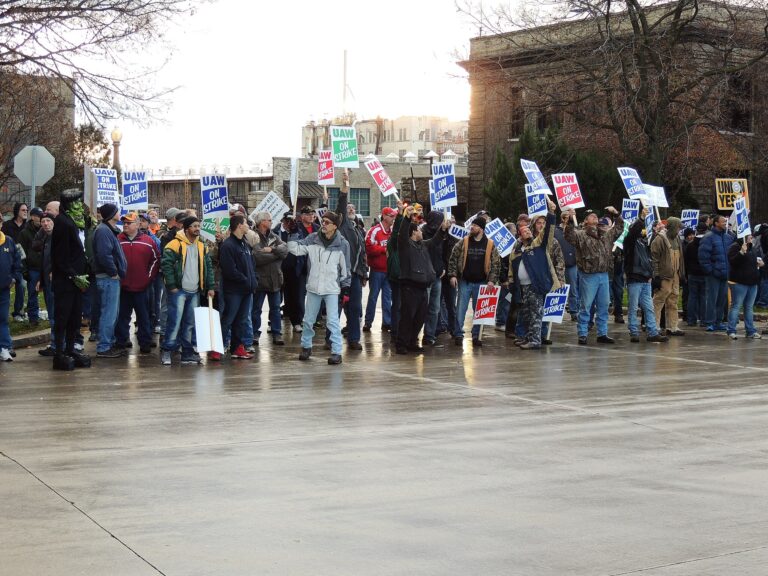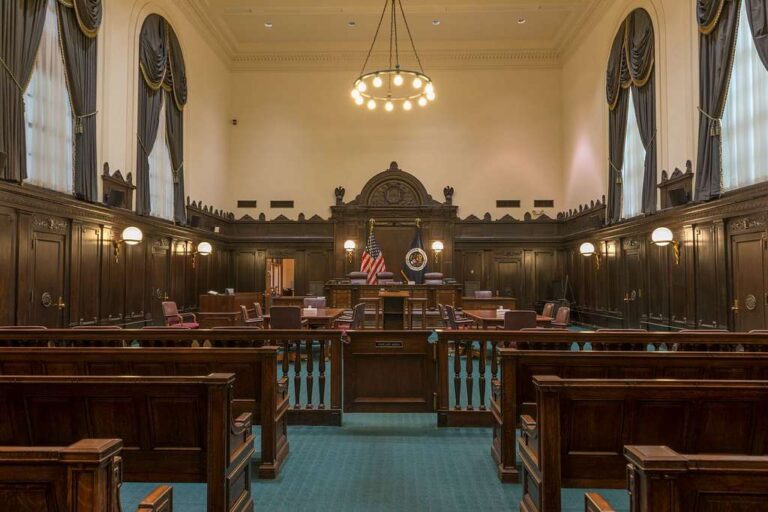
Benjamin Sachs is the Kestnbaum Professor of Labor and Industry at Harvard Law School and a leading expert in the field of labor law and labor relations. He is also faculty director of the Center for Labor and a Just Economy. Professor Sachs teaches courses in labor law, employment law, and law and social change, and his writing focuses on union organizing and unions in American politics. Prior to joining the Harvard faculty in 2008, Professor Sachs was the Joseph Goldstein Fellow at Yale Law School. From 2002-2006, he served as Assistant General Counsel of the Service Employees International Union (SEIU) in Washington, D.C. Professor Sachs graduated from Yale Law School in 1998, and served as a judicial law clerk to the Honorable Stephen Reinhardt of the United States Court of Appeals for the Ninth Circuit. His writing has appeared in the Harvard Law Review, the Yale Law Journal, the Columbia Law Review, the New York Times and elsewhere. Professor Sachs received the Yale Law School teaching award in 2007 and in 2013 received the Sacks-Freund Award for Teaching Excellence at Harvard Law School. He can be reached at [email protected].
By Sharon Block and Benjamin Sachs
Serious thinking about labor law reform seems to be coalescing around a few themes. One of these is the possibility of allowing state and local intervention into the rules of union organizing and collective bargaining. Pursuing that goal would mean reconsidering the preemptive effect of federal labor law.
This theme was clearly reflected in our Labor Day opinion writing wrap up. Newsweek published Sharon’s op-ed in which she argued that the debate over bold labor law reform has to include consideration of preemption rules. The New York Times ran an op-ed by Brishen Rogers and Willy Forbath in which they recommended that the NLRA be amended to allow state and local governments to legislate new models of collective bargaining above the floor of the NLRA. Moshe Marvit made the case in the American Prospect that the Supreme Court should revisit its precedent regarding NLRA preemption in order to allow more experimentation at the state and local level.
The question of whether preemption advances the NLRA’s purpose of “promoting the practice and procedure of collective bargaining” is not, of course, a new one. In 2002, Cynthia Estlund famously identified preemption as one of the causes of labor law’s ossification. In 2006, our colleague Richard Freeman took a quantitative approach to answering the question of whether unions would fare better without preemption and came up with a definite opinion: yes. In 2011, Ben observed that the chokehold NLRA preemption put on state and local level innovation led to tripartite end runs around preemption doctrine that, while facilitating organizing, also raised accountability and opacity issues.
We believe that the time is right to reopen the debate over NLRA preemption in earnest. As part of this effort, we’ve invited leading labor scholars and practitioners to Harvard Law later this month. We hope to pursue several key questions:
- Do laws covering workers outside the protections of the National Labor Relations Act and international labor law provide models for innovation and experimentation in labor law reform at the state and local level?
- Is this the right moment for innovation and experimentation at the state and local level of government?
- If they were possible, what would new collective bargaining laws at the state or local level look like? How far could they go in encouraging collective bargaining or in inhibiting it?
Any meaningful debate about NLRA preemption must confront the fact that a change in preemption rules will mean different results for workers in different parts of the country. In blue states and cities, relaxing the preemption rules would likely mean expedited procedures for union elections, prohibitions on striker replacements, and possibly evolution toward sectoral bargaining. In red states, on the other hand, experimentation may mean rules that require unions to go through annual recertification votes or that allow employers to fire workers for organizing activity.
For those of us who believe in the centrality of unions and worker collective action to economic and political equality, the question of trading off stronger rights for some against weakened rights for others is a hard one. But it is a question we believe we must now address. We look forward to wrestling with this question and to sharing the debate – including papers prepared for the symposium – here on the blog.










Daily News & Commentary
Start your day with our roundup of the latest labor developments. See all
January 7
Wilcox requests en banc review at DC Circuit; 9th Circuit rules that ministry can consider sexual orientation in hiring decisions
January 5
Minor league hockey players strike and win new deal; Hochul endorses no tax on tips; Trump administration drops appeal concerning layoffs.
December 22
Worker-friendly legislation enacted in New York; UW Professor wins free speech case; Trucking company ordered to pay $23 million to Teamsters.
December 21
Argentine unions march against labor law reform; WNBA players vote to authorize a strike; and the NLRB prepares to clear its backlog.
December 19
Labor law professors file an amici curiae and the NLRB regains quorum.
December 18
New Jersey adopts disparate impact rules; Teamsters oppose railroad merger; court pauses more shutdown layoffs.